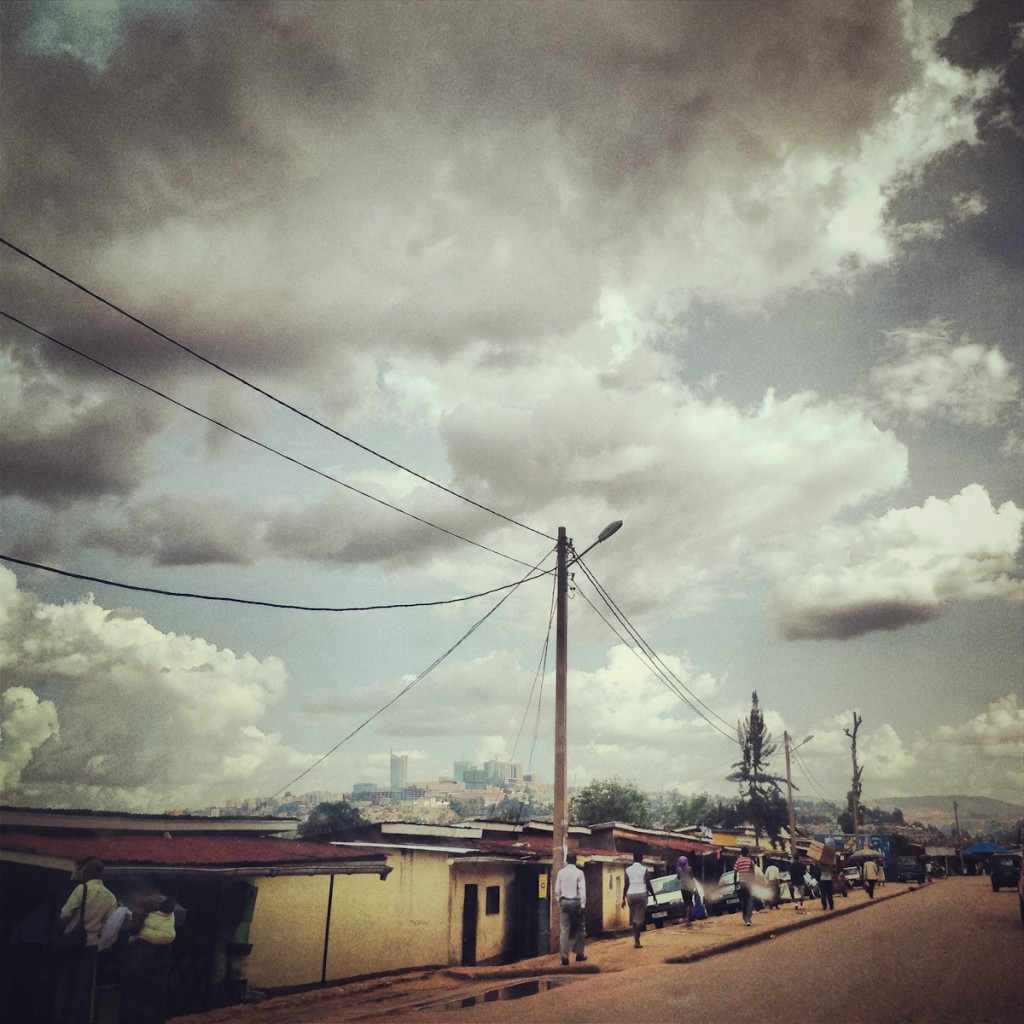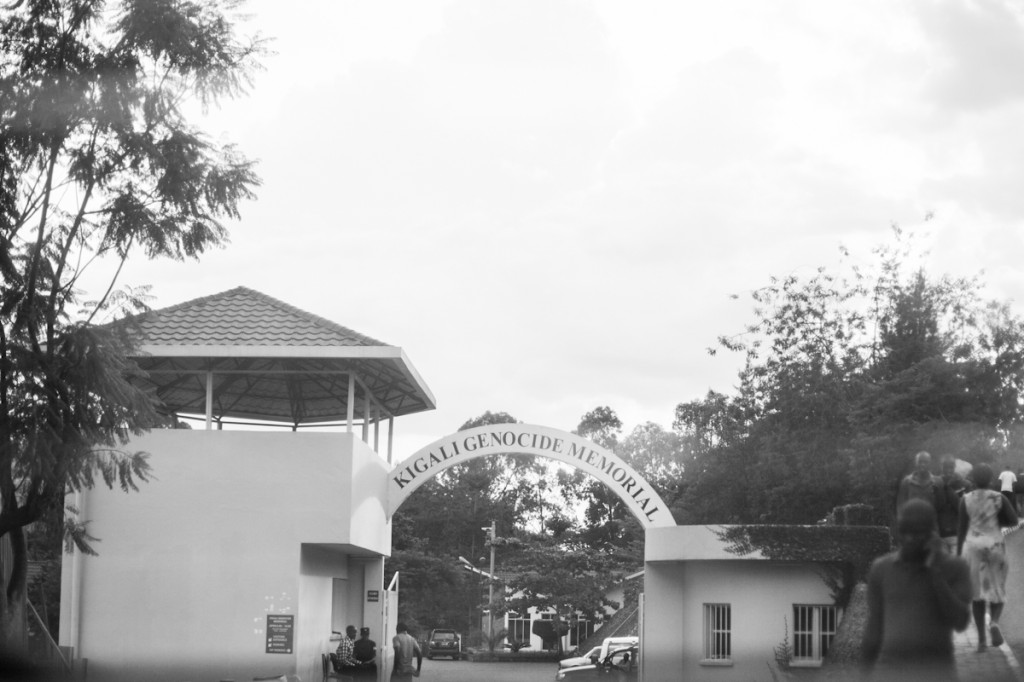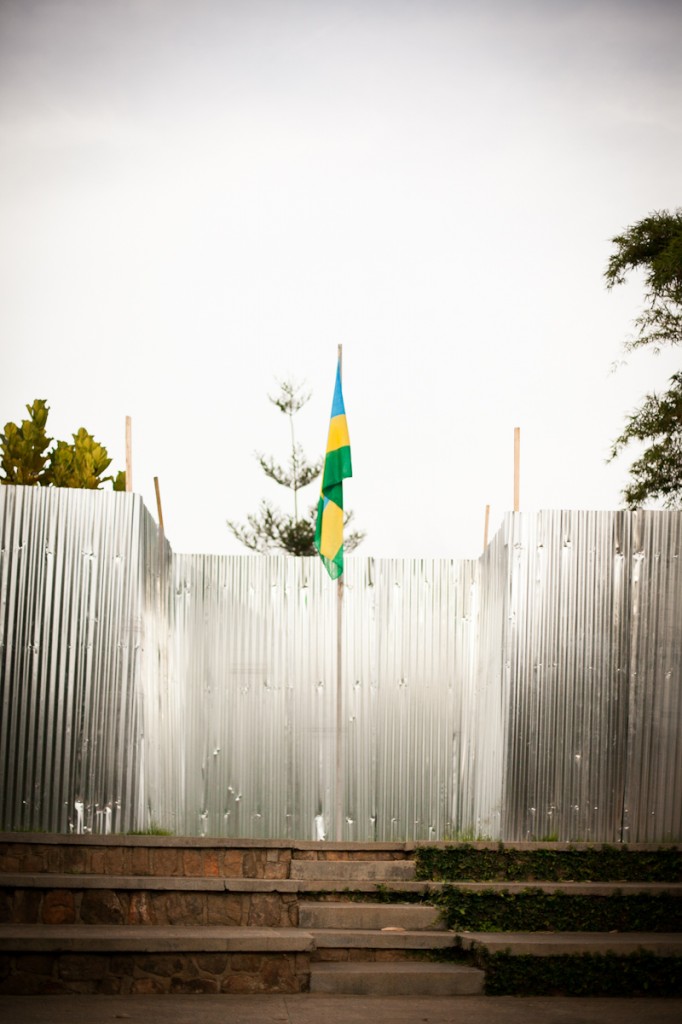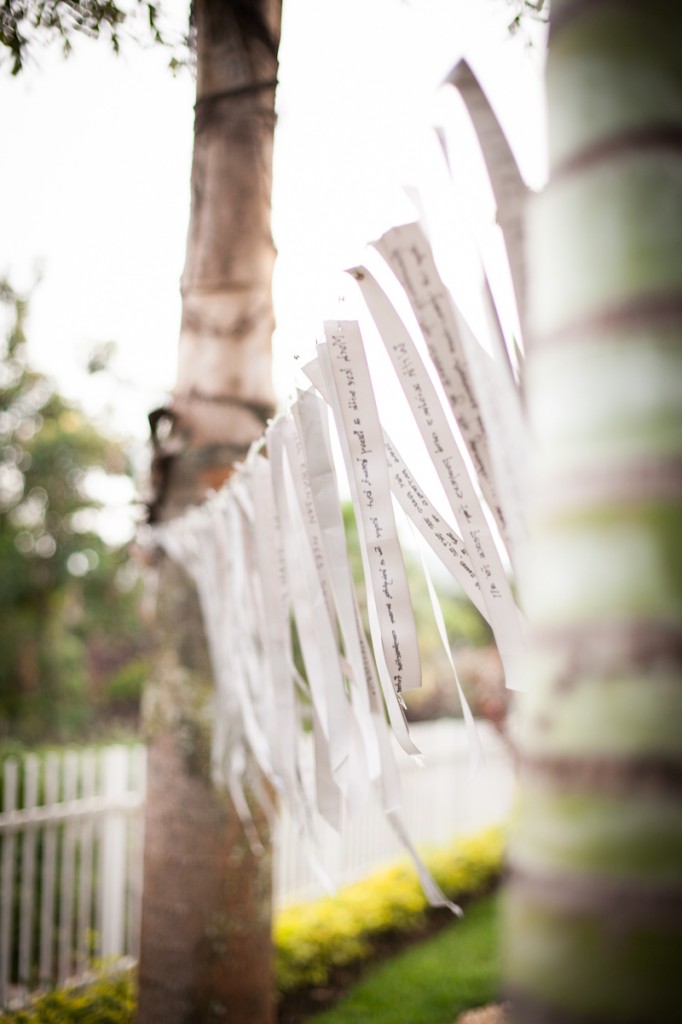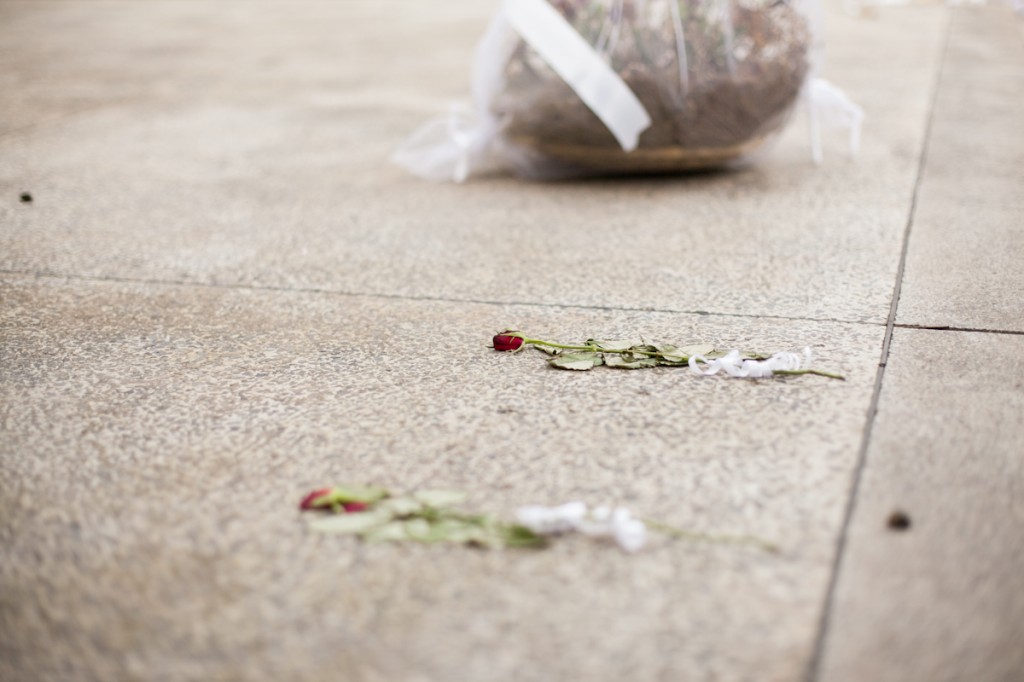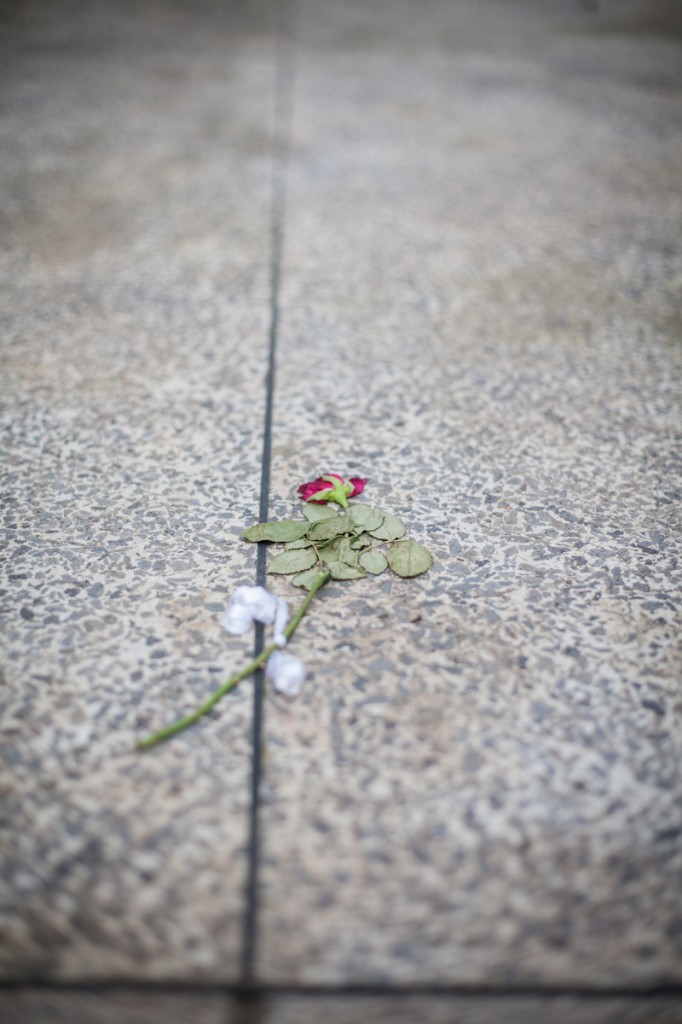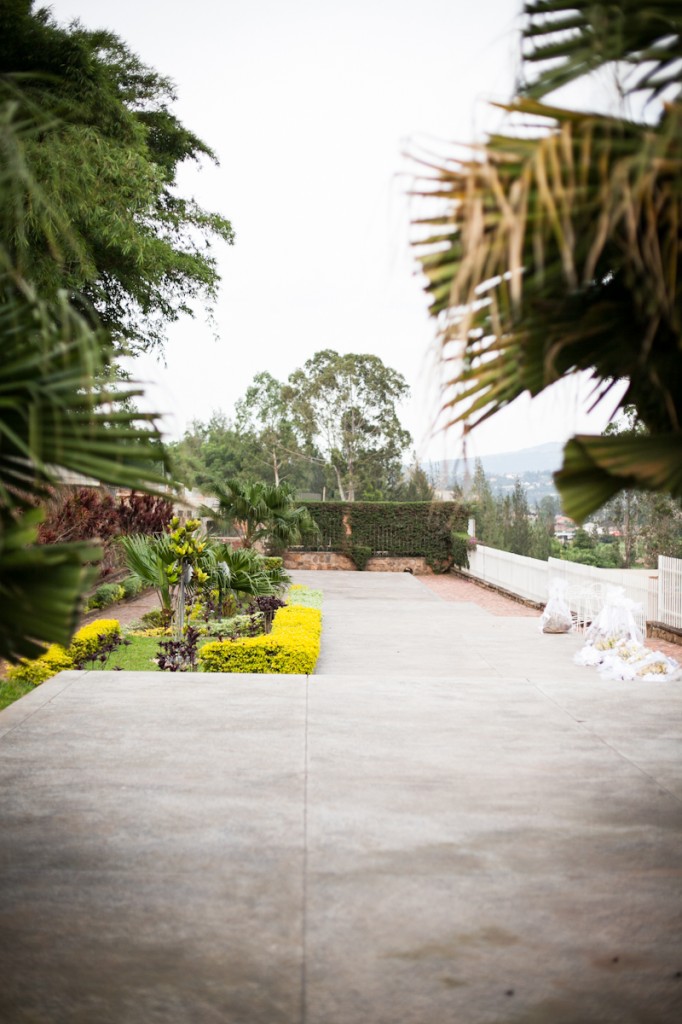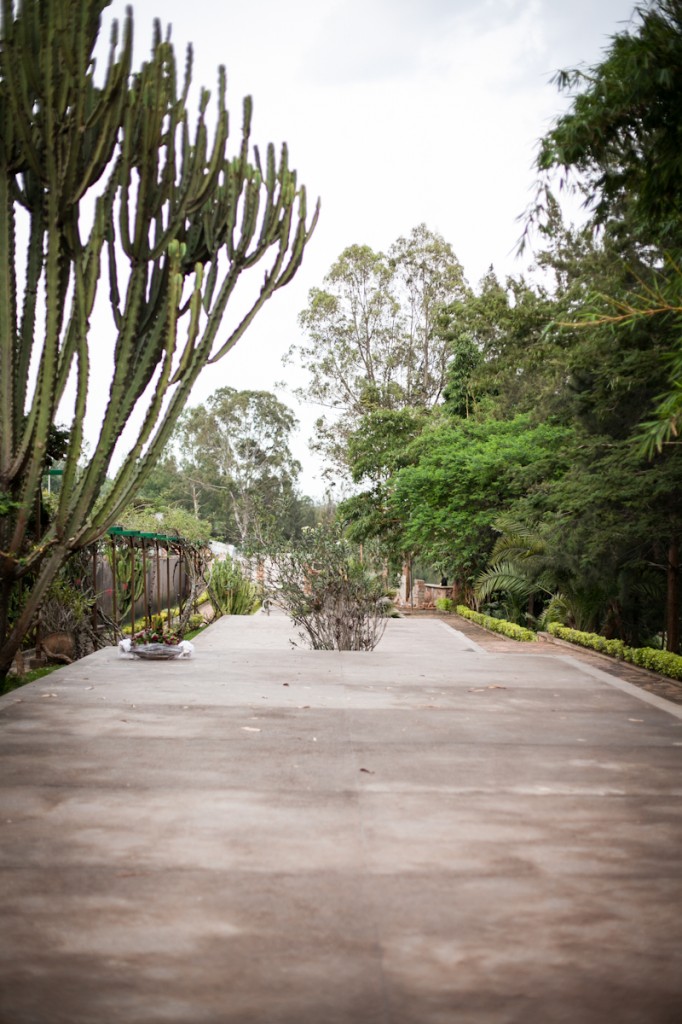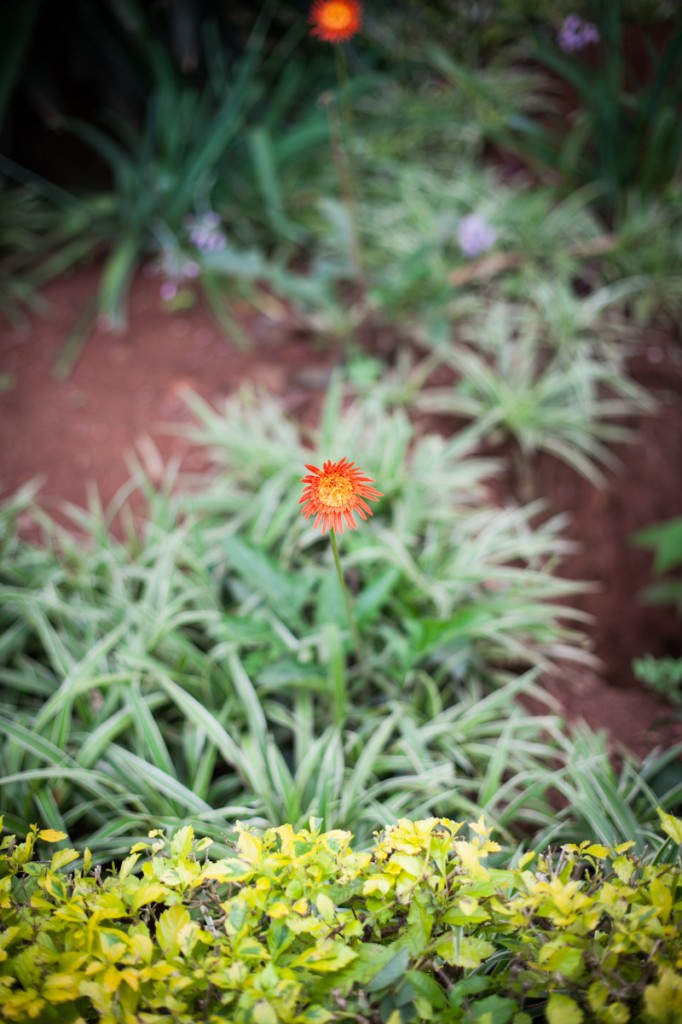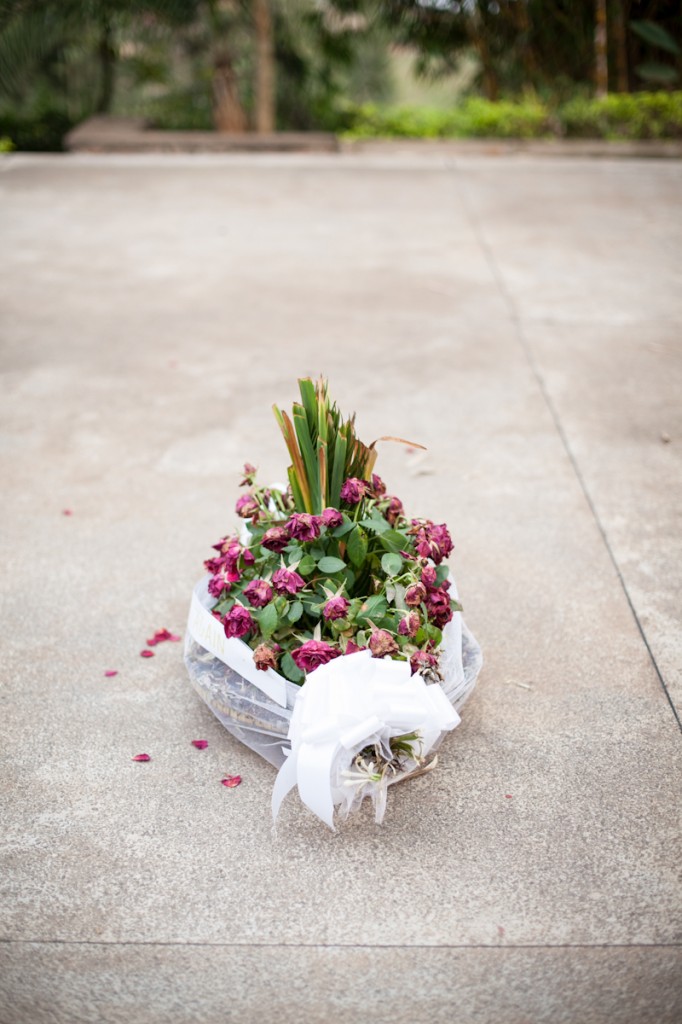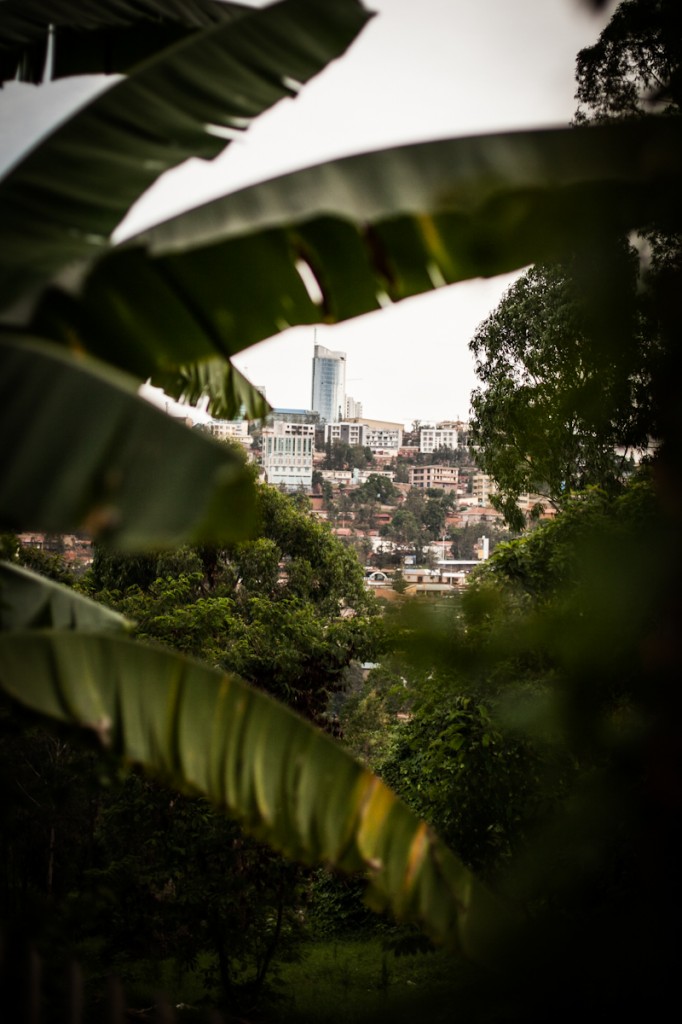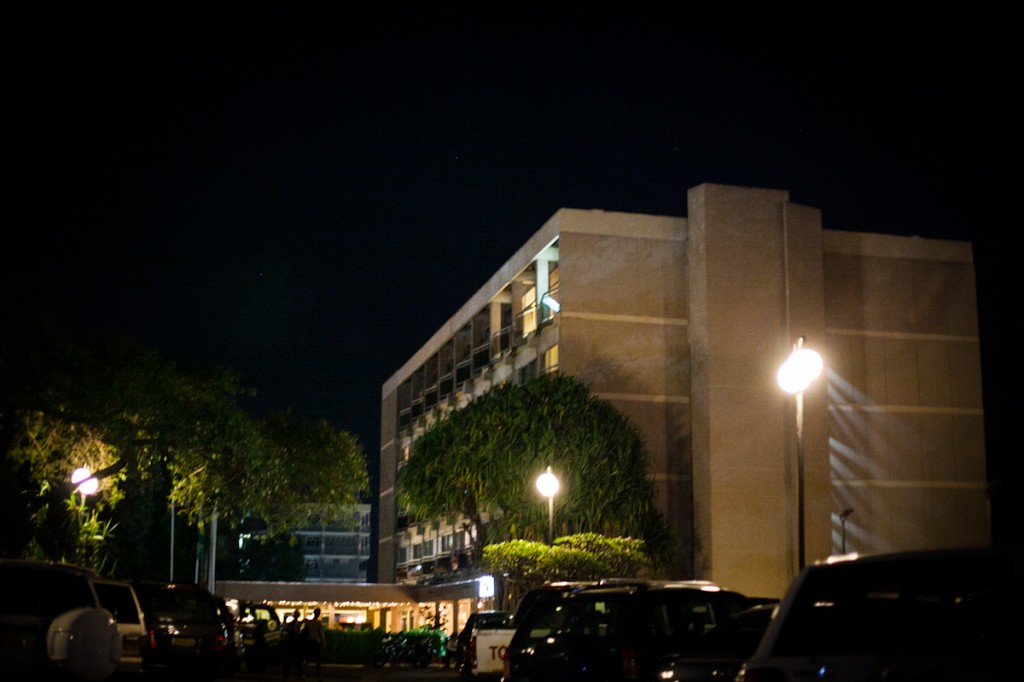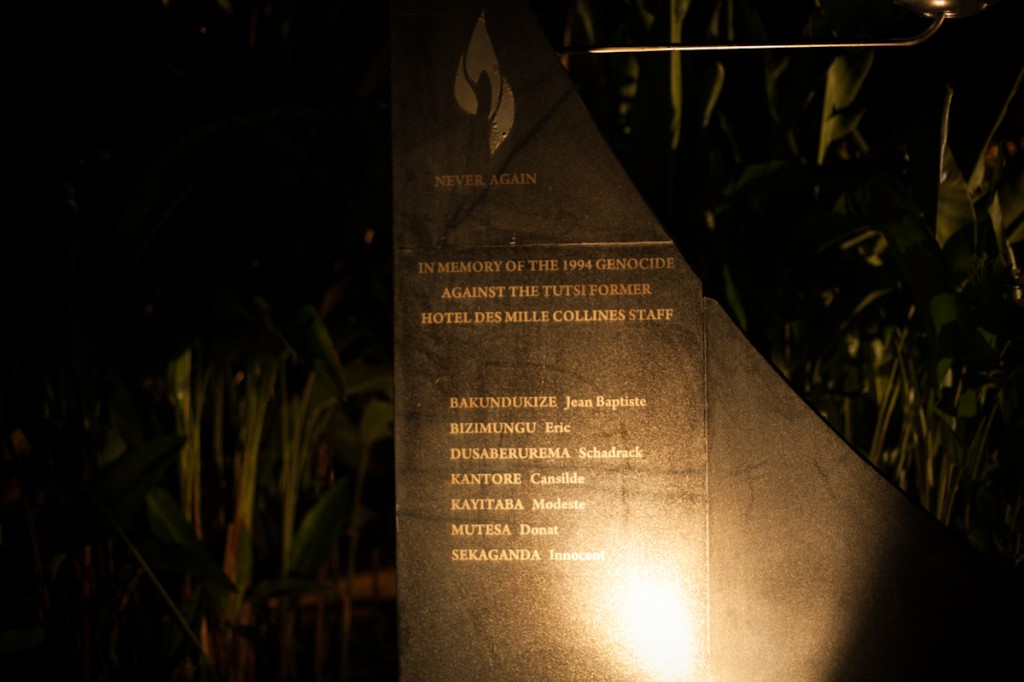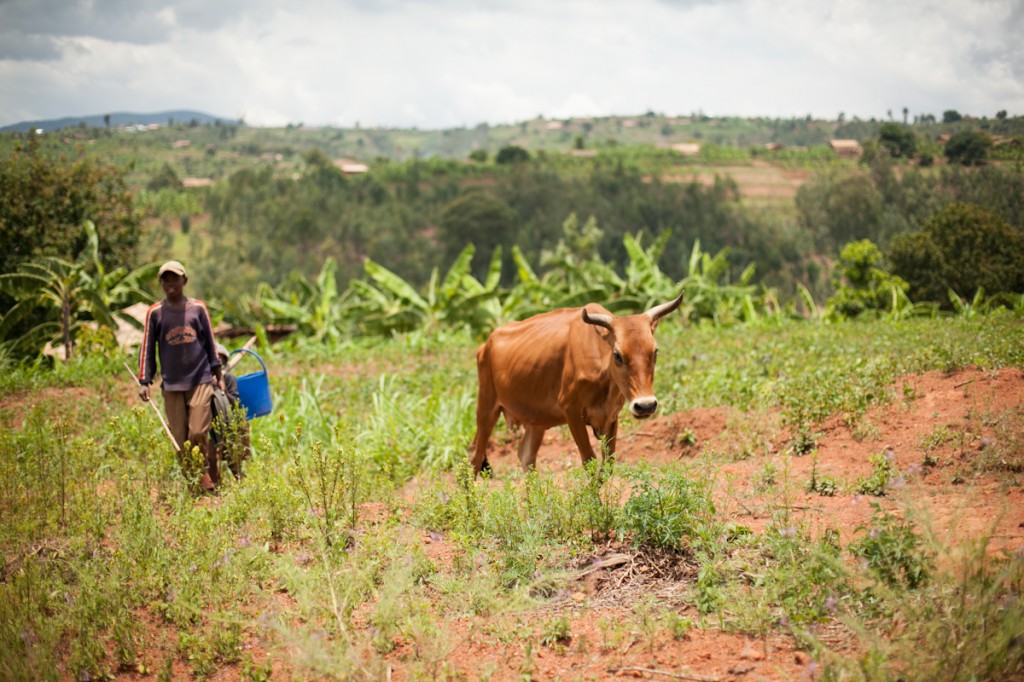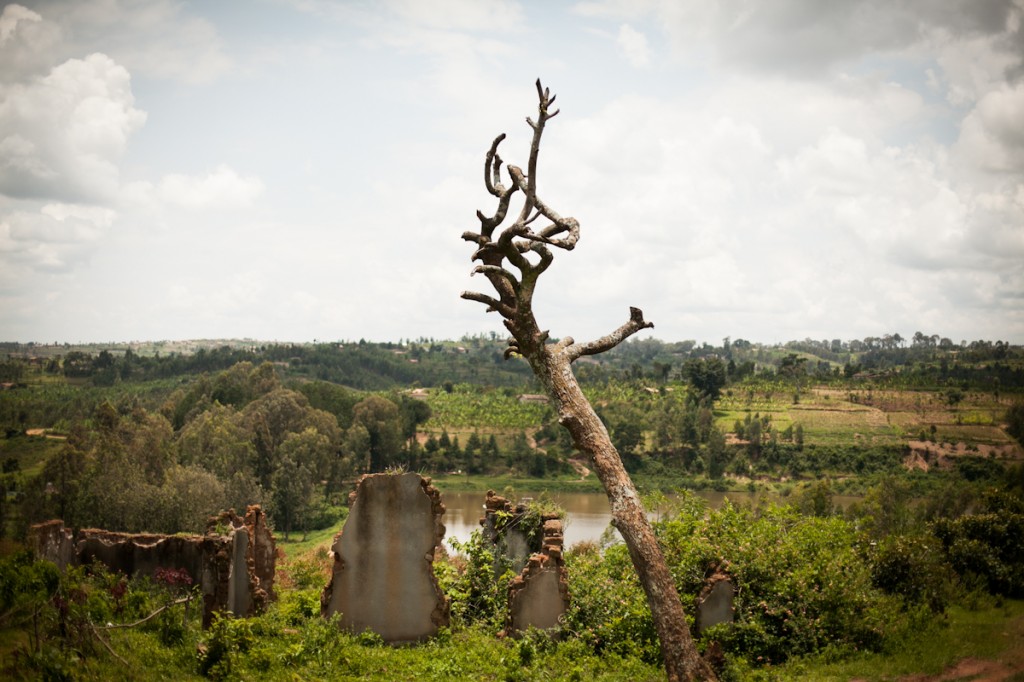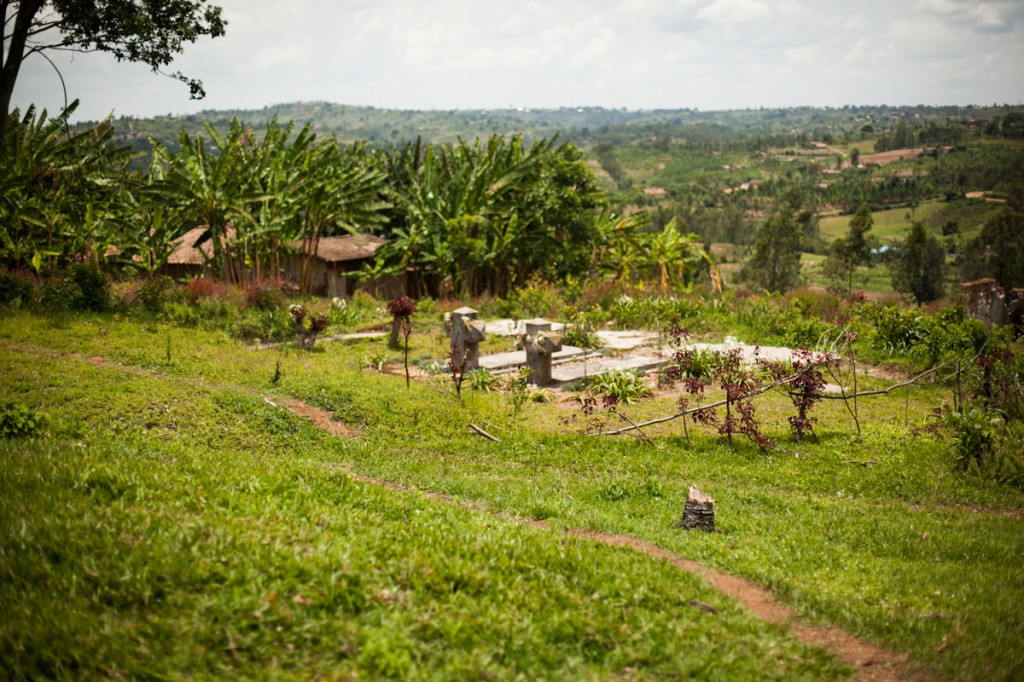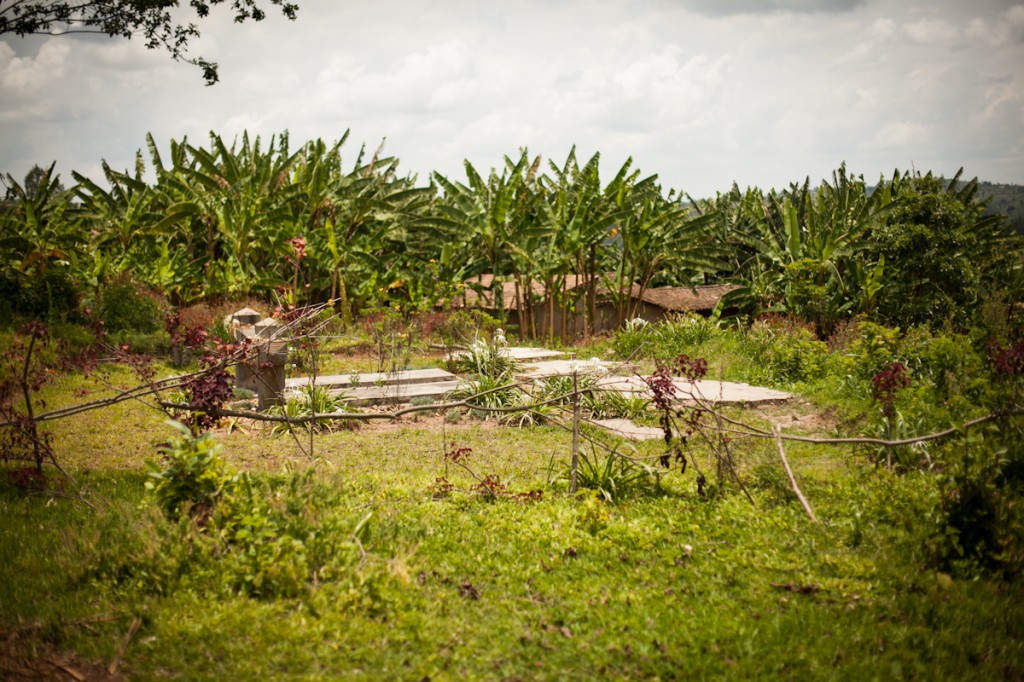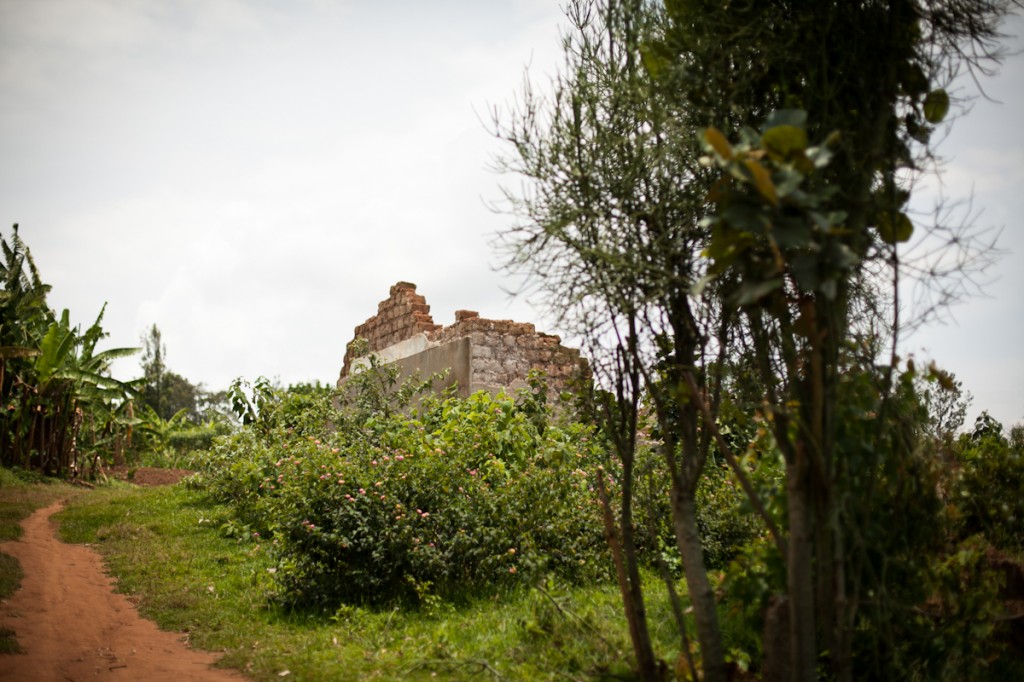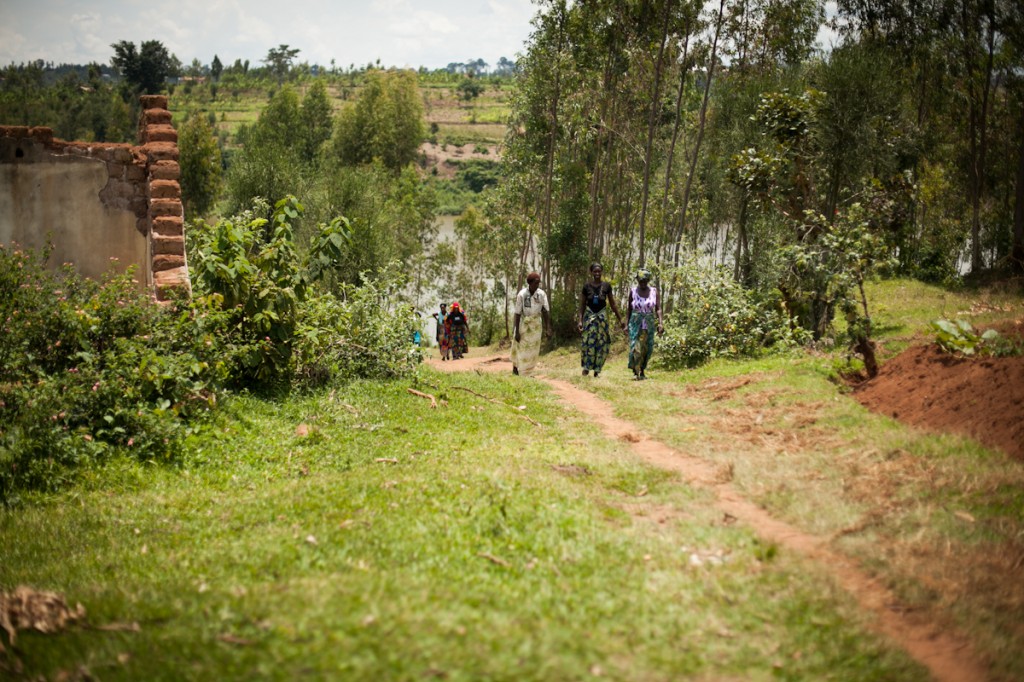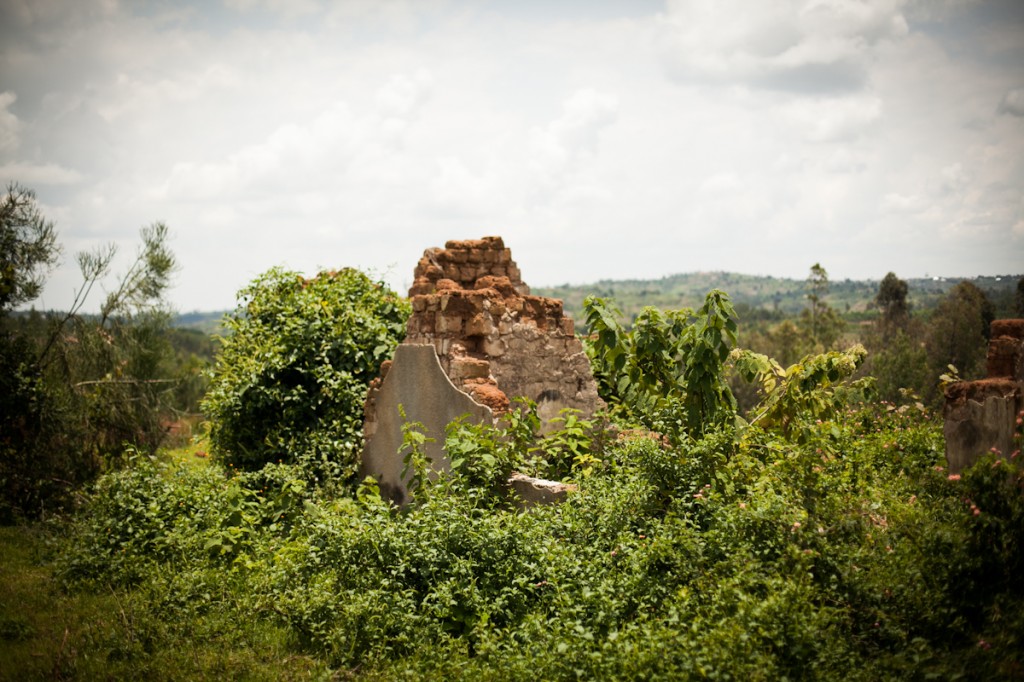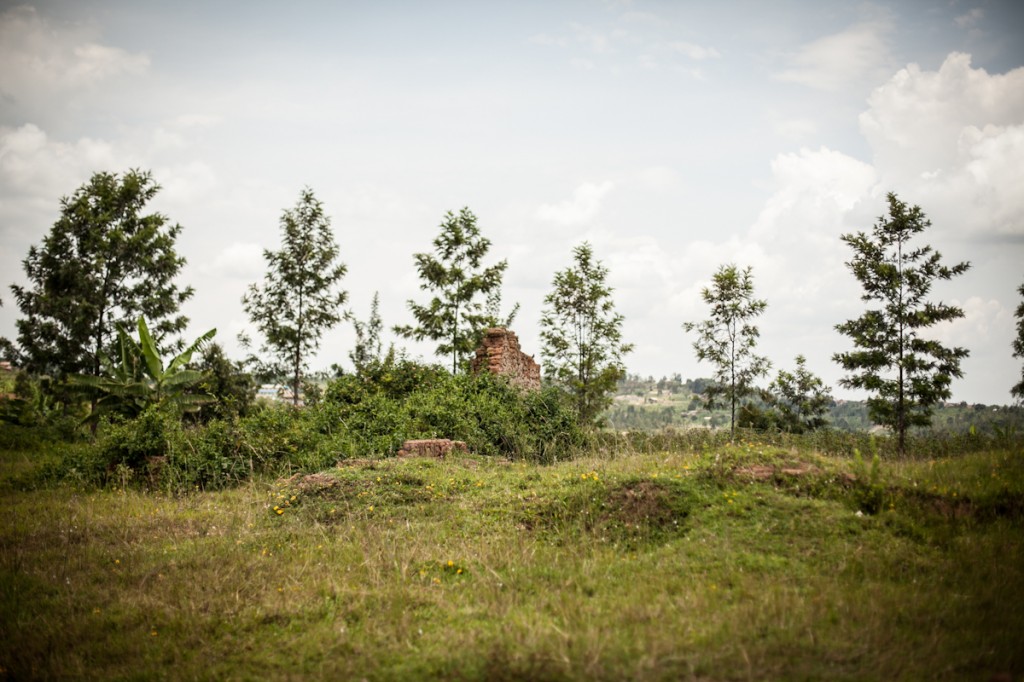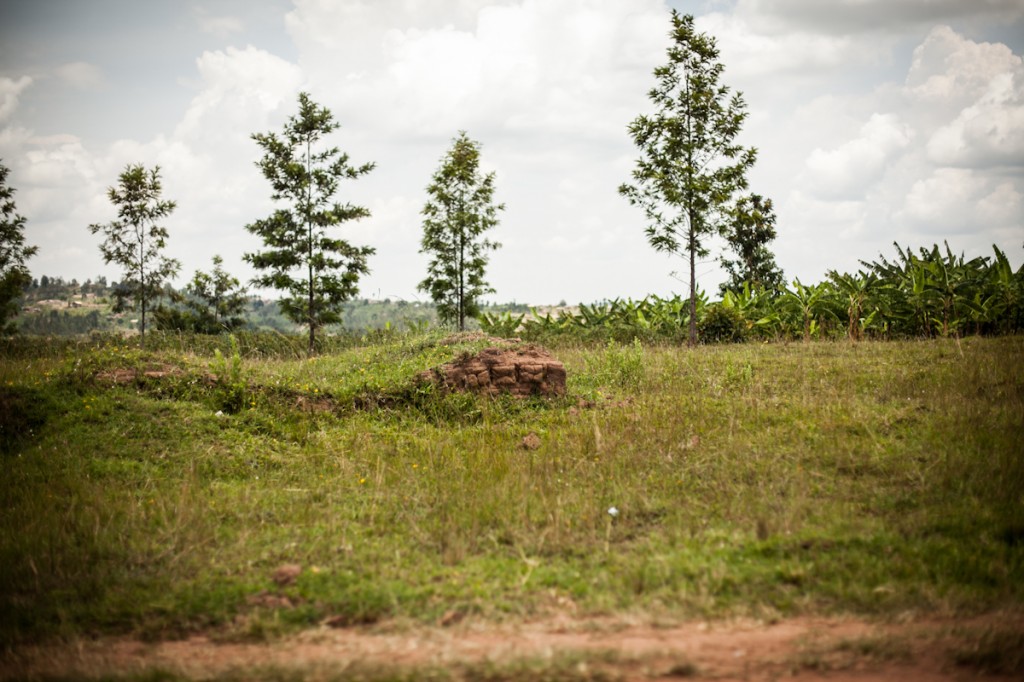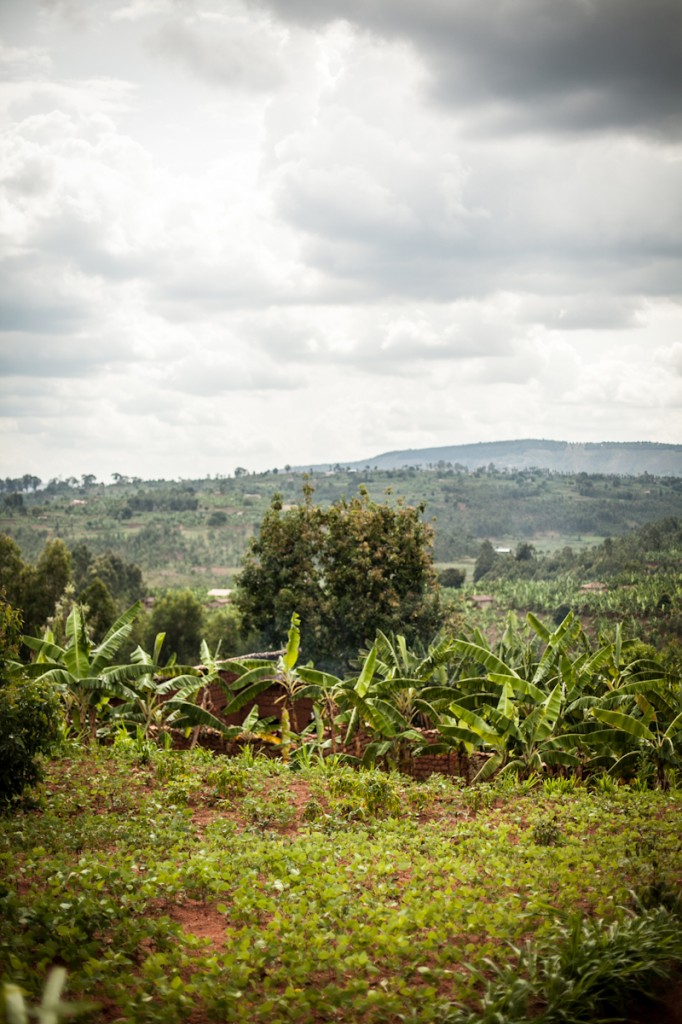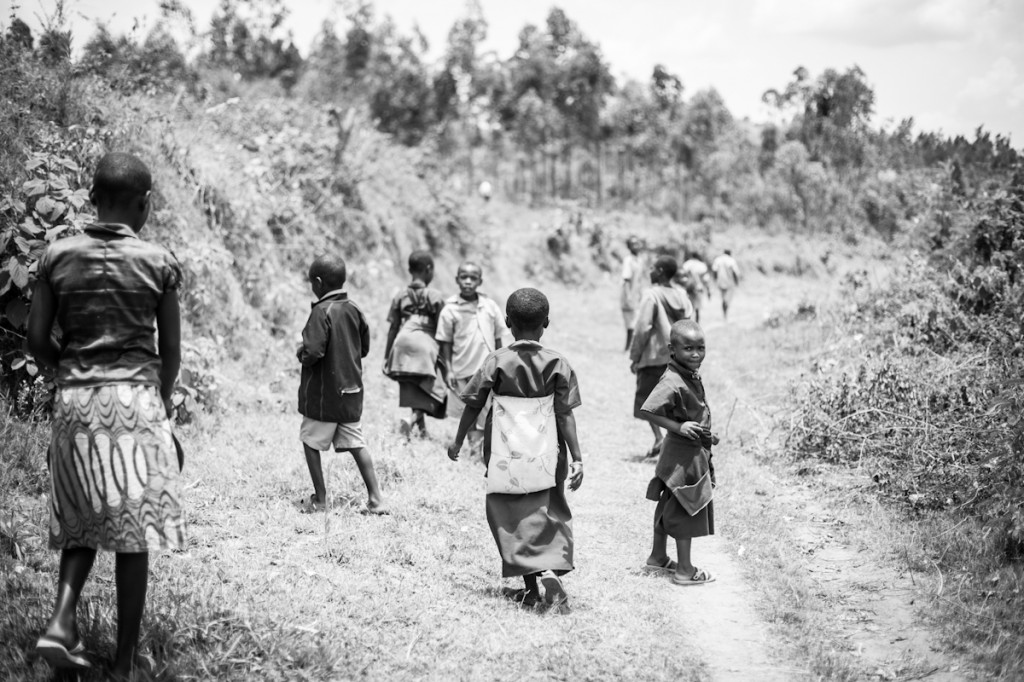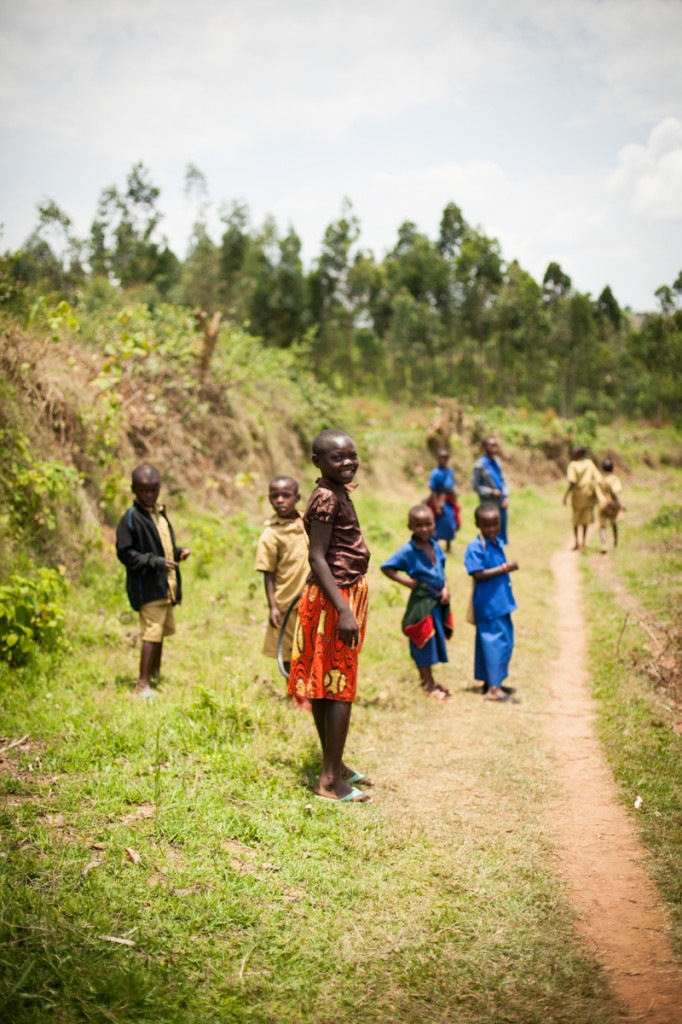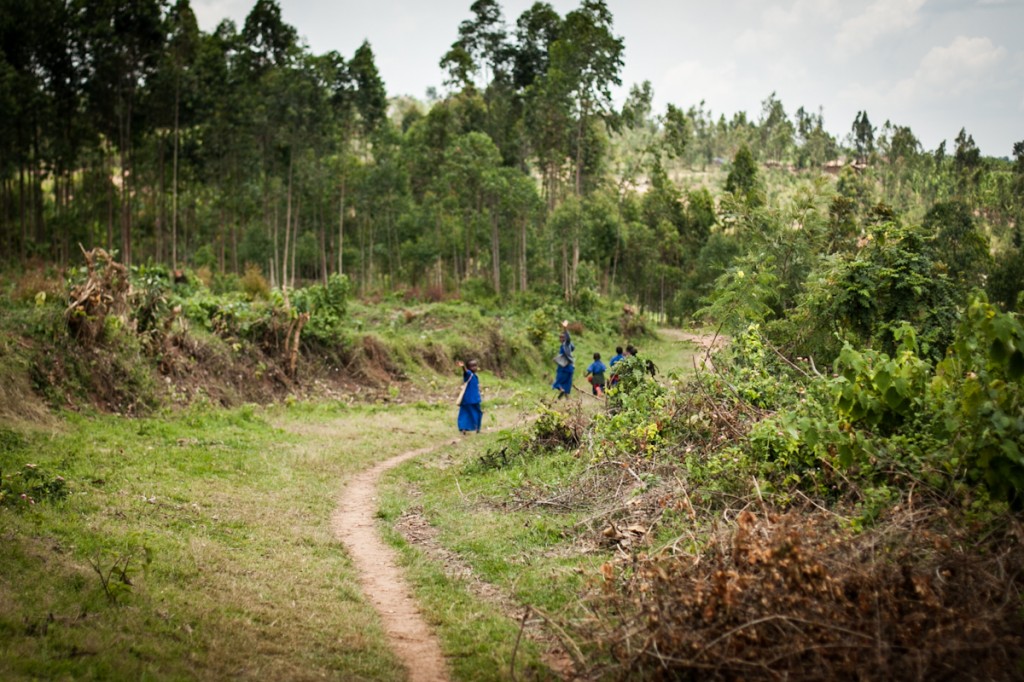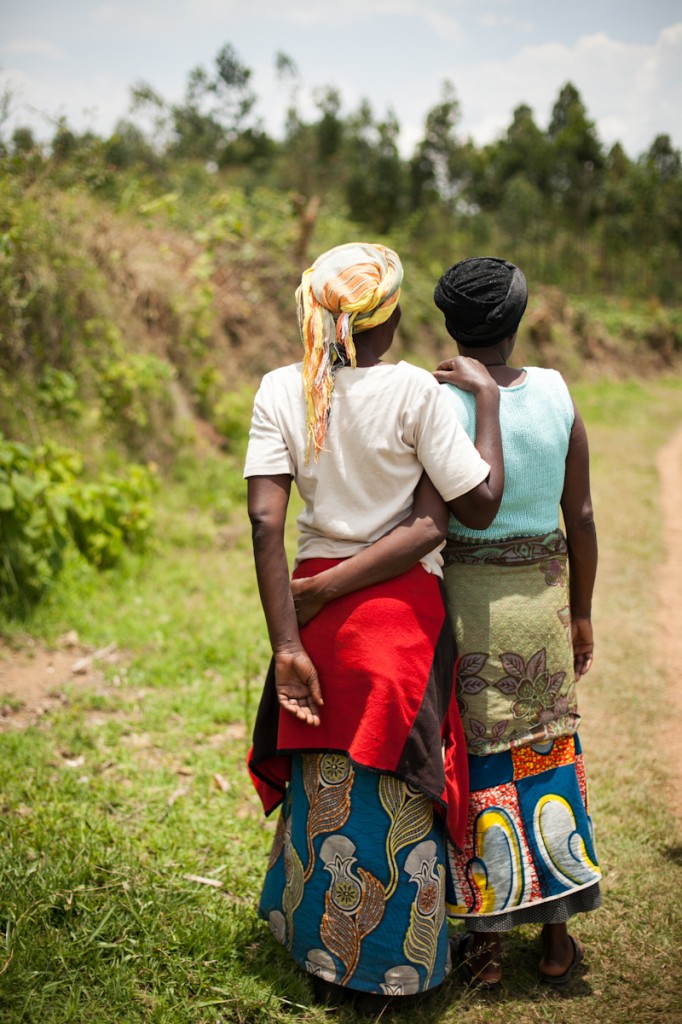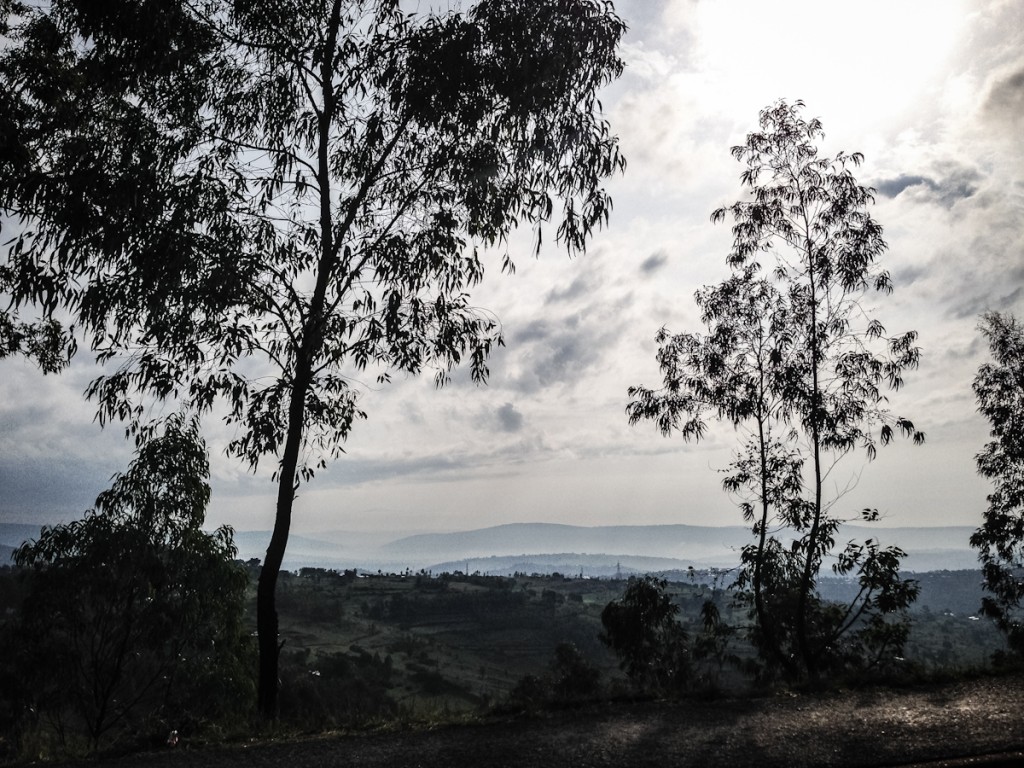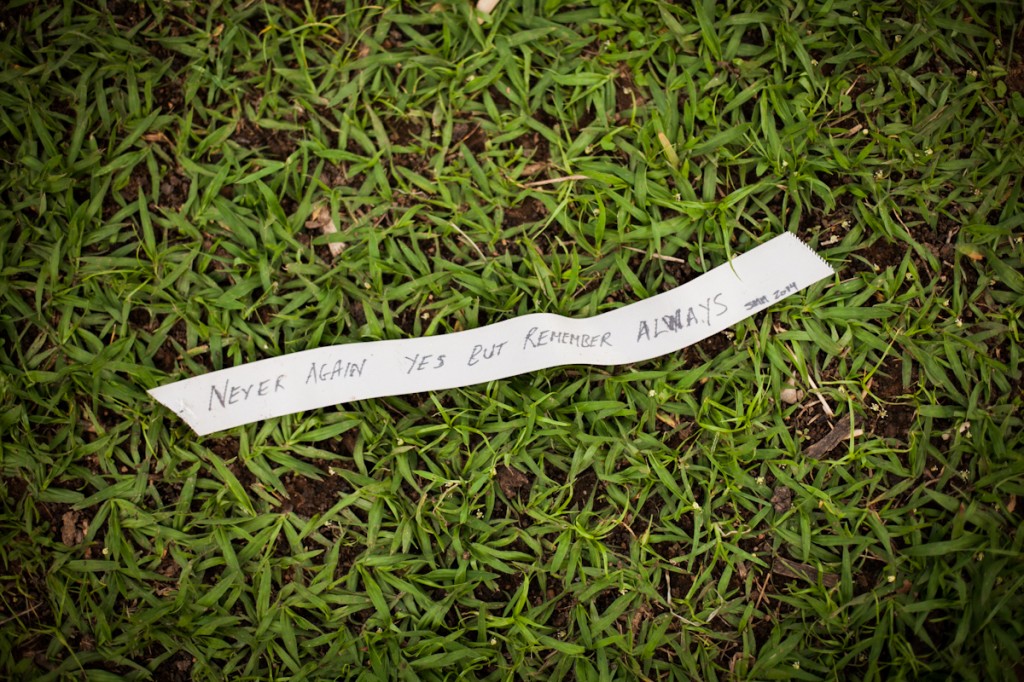When thinking through where to start with telling the stories of my time in Rwanda, I can only think it appropriate to begin where we did. We arrived Saturday and by Sunday afternoon we were walking around the Kigali Genocide Memorial. I hesitate to start here because Rwandan’s have worked so hard to move past what happened during the genocide and leading up to it. It seems to be the first thing that anyone who has heard of Rwanda thinks of. At first, I wanted to go against the grain and only write about the great things about Rwanda & the people there. The truth is, God uses tragedy to bring us into a greater understanding of who he is and our need of him and it is my hope that Rwandans have experienced such light on God’s character in the aftermath of it. In addition, one cannot go to Rwanda without realizing that many they have come into contact with there...almost any native, man, woman, child that you see and work with have experienced this genocide in one way or another. Many have lost those they love, some of them their entire families. I was only there a week and so I can’t pretend to fully understand what happened in 1994 or the aftermath of it all. But I came in contact with some who were willing to talk about it in order to humbly allow others to step inside and get a glimpse of what happened. I learned from the memorial that many Rwandans are willing to do this in order to prevent such a thing from happening again or anywhere else. And so for that goal and in order to understand and see what God has done in the lives of some Rwandans, particularly those we met, I’d like to start this journey from that standpoint.
The genocide of 1994 began April 7th and lasted for roughly 100 days through mid-July. During this time between 800,000 to 100,000,000 Rwandans were killed. An estimated 6 men women and children were murdered every minute of every hour for 100 days straight. The genocide was described as a civil war to the majority of the world in that time, but was a planned and organized attempt from the Hutu tribe to eliminate the Tutsi tribe race. This conflict arose out of issues of racism on both sides since the colonial era. In a back and forth struggle for governmental power, perceived agreements that further angered some Hutus, and a Tutsi army of refugees that Hutus used as an argument to justify termination of the Tutsi race, a plan was made and was implemented after Rwanda’s president’s plane was shot down on April 7th 1994 . For months members of the Hutu-led government had used radio stations and other propaganda to communicate to Hutus throughout the country that the Tutsi refugee army, the RPF, would enslave and kill the Hutus and the only way to stop them was to eliminate all Tutsis.
For 3 months machetes were used to seek to eliminate an entire race from all corners of the country. Neighbors turned against neighbors. In some cases siblings killed siblings and children killed their own parents while others were forced to kill their loved ones before they themselves were murdered. Roads were blocked off in order to prevent any route of escape. Those who helped Tutsis received the same ultimate fate as the Tutsis themselves. To learn more about the actual events of the genocide and what exactly occurred before, during, and after be sure to check out this site.
http://survivors-fund.org.uk/resources/rwandan-history/
We spent one day of our time in Rwanda in a village a couple of hours outside of Kigali. I’ll explain more from that day later on, but we spent it with a group of women who create baskets and jewelry for a co-op in the city close to their village. They humbly welcomed us into their lives for the day and at one point volunteered information about their experience with the genocide. As we took an afternoon walk with the women I noticed a home that seemed to have been burned with a few graves in the front. I had resolved to not ask about the scene, but as we walked closer to the house one of the women turned to the translator and began to speak and point to the graves. She was telling us that the home was that of some of their neighbors and close friends who were murdered in the genocide. It was an all Tutsi family, including children, who were slaughtered with machetes in the night. The house had been burned in the process. I later learned that the burning of Tutsis' homes had been occurring for decades. The Hutus first encouraged one another to burn the homes and then when the families fled, they would find them and kill them.
As we went forward down the hill the woman stopped and pointed to another home and began to speak to our translator. She explained to us that the man who once lived there had killed the members of the previous household. These houses were right next to each other with just a small garden in between. These families had lived next to each other for generations. They had built houses together, shared pigs on special occasions, and had taken care of one another. Their kids had attended school together. This house too was burned. She explained that the man had fled with his family after he had killed the neighbors. Other members of the family he had killed had returned to the village to burn his house for what he had done.
Later in the day we walked to cut the leaves of a plant used to make the jewelry and baskets these women sell. As we walked I suddenly noticed something I hadn’t...even after being there the entire day.
I saw another house that had been burned down to its base. All the translator could say as I had my eyes fixed on it was “same story as the house before.” He pointed to another “same story”…”same story.” I looked around and saw still another…and then another….and another. Soon I noticed that the same land I had been looking at all day that seemed so beautiful and rich with banana trees and rolling hills…that same land was sprinkled with burned down houses. What before had seemed like empty plots of land or just a pile of bricks I hadn’t thought twice about…suddenly every place I saw the base of a house, broken bricks, and overgrown grass…I knew. This was a place that someone, a family, a child had seen and experienced the unthinkable. This is where suffering occurred and now an entire hill, an entire village, an entire country is sprinkled with the remnant and memories of it. As we drove back to Kigali that day, the areas of the country I had seen on the way now looked quite different as I noticed piles of bricks & overgrown areas. I now knew what it meant each time I saw it.
Throughout our week in Kigali we experienced many reactions to the pain and memory of what had happened. Some steered clear of the topic, others mentioned in passing that all they had left of their family was a brother or a sister, while still others talked about what they could openly. We saw how the women of this village were able to talk about it in a way that was fundamentally different from our translator who mentioned the ignorance of the people who had committed the acts, that it's talked about every day in university where he studies, and who quickly changed the subject. It seemed he would have loved to have discussed just about anything else with us. He was 4 years old when the genocide occurred.
We can come up with all kinds of thoughts, questions, & answers based on our own experiences, education, upbringing, religion, or our own government and culture; and I feel it’s natural and even good to think about those things as sometimes they are used to help prevent and act in these situations.
There is one thing that genocide and the reality of mass murders reveals that I feel cannot be denied…and that is that there is something out there in the world that is dark and unnatural and not the way it’s supposed to be or how it was intended to be.
Was it all just random? It seems the obvious answer is no….so if it wasn’t…doesn’t that mean that just as evil and darkness are so real and evident in this world there can be a real, evident, and tangible hope as well?
Is there not something we can look forward to? Isn’t that desire for hope, justice, and peace written on each of our hearts?…we want someone, something to trust in…we want a haven, a home...we feel in the deepest parts of us that it's just not supposed to be this way. And there has to be some kind of hope.
I propose that there is and that the one we can trust for hope and justice has also told us these things are real and yet never how it was supposed to be. The same one who told us these things will happen…but not forever. .
“See that no one leads you astray. Many will come in my name, saying ‘I am he!’ and they will lead many astray. And when you hear of wars and rumors of wars, do not be alarmed. This must take place, but the end is not yet. For nation will rise against nation and kingdom against kingdom. There will be earthquakes in various places; there will be famines. These are but the beginning of the birth pains...
And brother will deliver brother over to death, and the father his child, and children will rise against parents and have them put to death. And you will be hated by all for my name’s sake. But the one who endures to the end will be saved." Mark 13: 5-8; 12-13
I believe there is someone who has given that hope as he himself was sent to death by those he walked with, lived life with, trusted and loved..his friends and his neighbors. This same one created this earth we walk on, walked on it himself and understands far more than I ever will hope to know about the complexities of evil. That same one has already defeated it and is equipping us to endure it to the end because of grace. The fact that there is a hope given from a God who himself knows what we suffer here to the point that he can even relate to and comfort those who were murdered or betrayed by loved ones…because he himself experienced it....
What kind of love is that? Can we even put it into words?
There is evil here. It’s a very real thing. We walked amongst it in that small village in Rwanda. We lost in that moment any idea that we know how the world works or how to make it right. The only way I can process it and have that hope is in trusting the words of one who experienced the exact same thing. This same man claimed to know the answers and to be the only hope there is. And that man was either crazy…
or he was telling the truth.
“Then I saw a new heaven and a new earth, for the first heaven and the first earth had passed away, and the sea was no more. And I saw the holy city, new Jerusalem, coming down out of heaven from God, prepared as a bride adorned for her husband. And I heard a loud voice from the throne saying “Behold, the dwelling place of God is with man. He will dwell with them, and they will be his people, and God himself will be with them as their God. He will wipe away every tear from their eyes, and death shall be no more, neither shall there be mourning, nor crying, nor pain anymore, for the former things have passed away'... And he who was seated on the throne said, ‘Behold, I am making all things new.” Revelation 21:1-5
Rwanda has worked for 20 years to not only move past the reality of what happened in 1994, but to provide assistance, counseling, and encouragement for survivors. One initiative of that movement has been to provide group counseling and workshops for victims with their attackers or their family
members' killers in order to seek reconciliation.
There have been countless stories of public confessions and apologies to victims as well as public displays of forgiveness by the victims. You can read more about the work of the As We Forgive Rwanda Initiative at the link below.
Be sure to check out the work of Jeremy Cowart who did a project with a documentary film maker on stories of forgiveness from victims of the genocide. In these photographs, victims are pictured smiling with their attackers or the attackers of their families in the exact spot where the murders took
place. In many cases these people now work together and share in community together. Jeremy Cowart's project, "Voices of Reconciliation" is one of the projects that inspired me to take my photography to other nations and to document what God is doing around the world.
http://jeremycowart.com/2011/11/voices-of-reconciliation/
We can learn a lot from Rwandans about forgiveness and restoration. Praise God such hope exists.
Thanks for reading and for stopping by,
Claire

